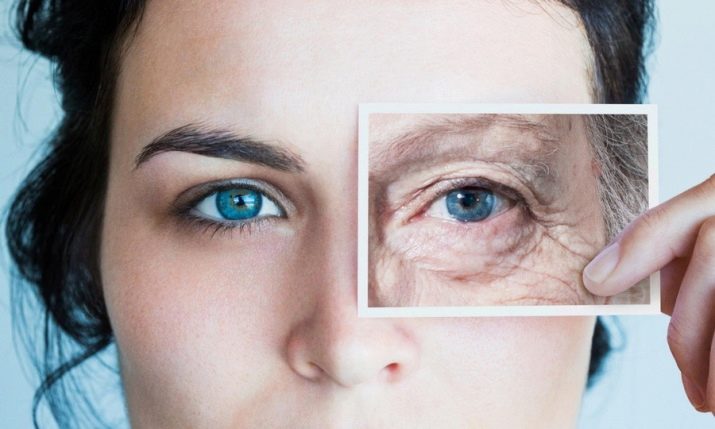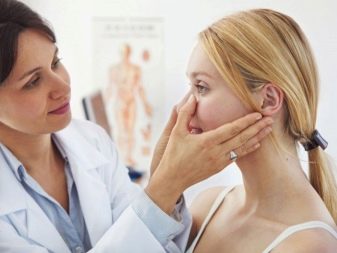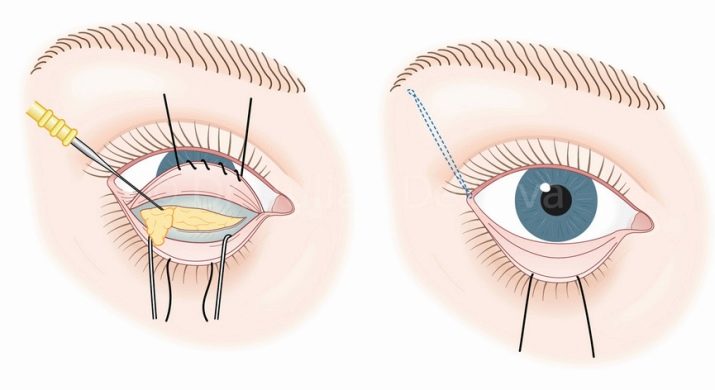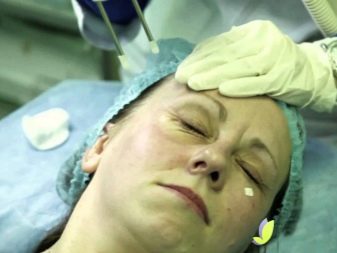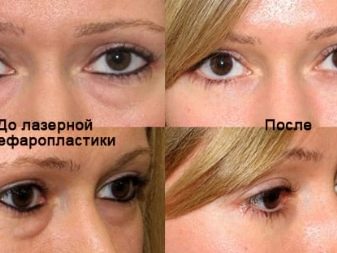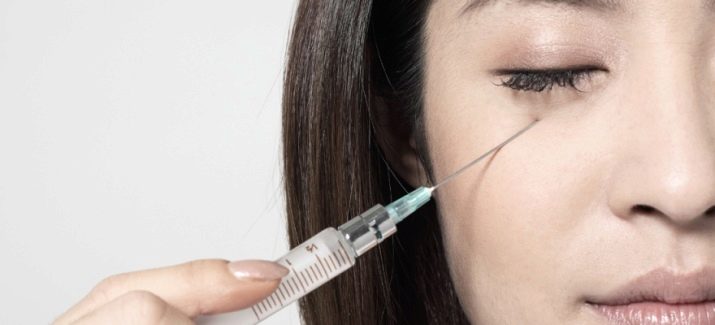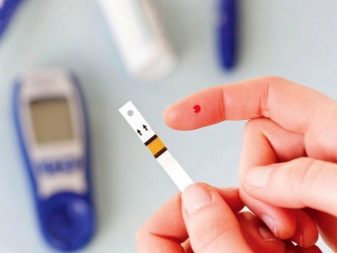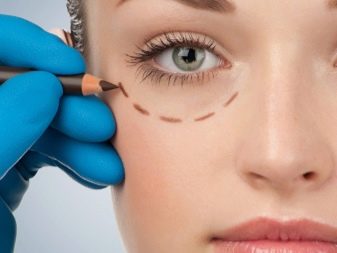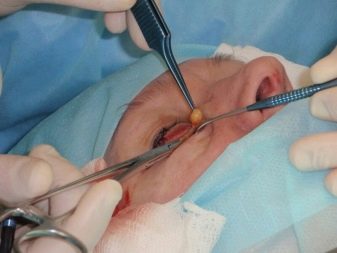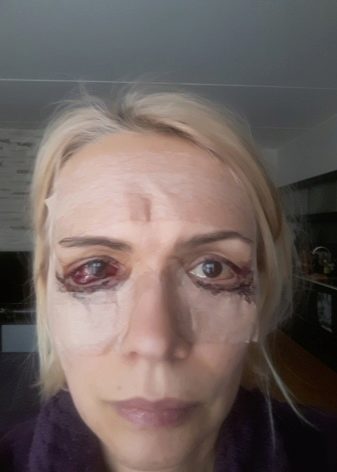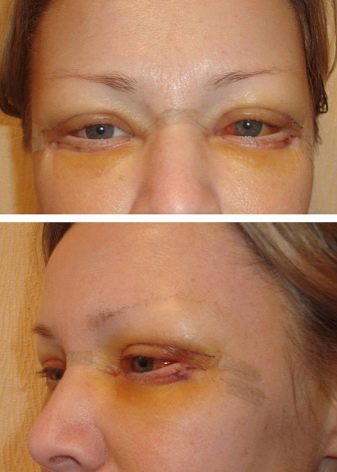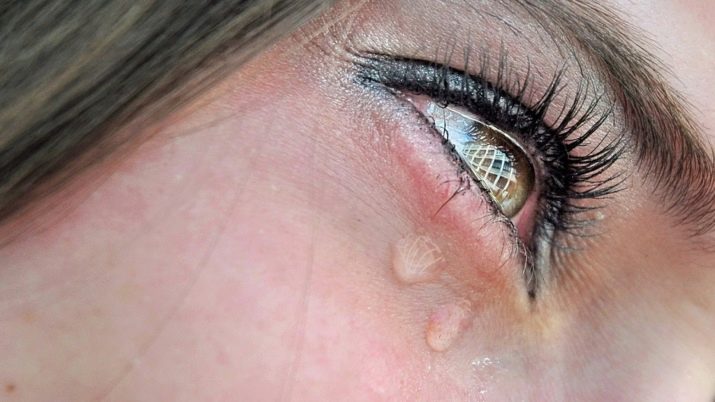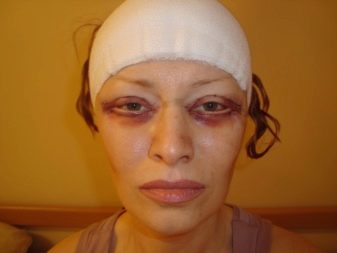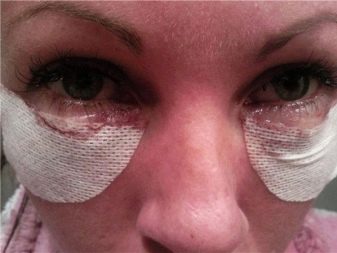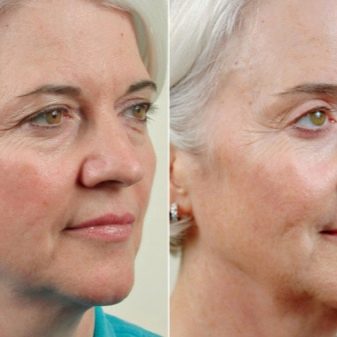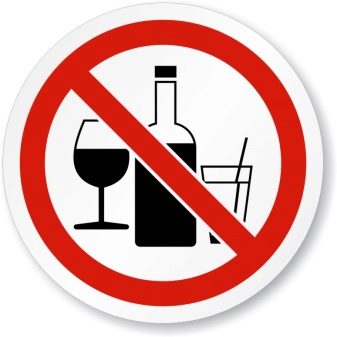Unfortunately, signs of aging primarily appear on the face, namely around the eyes. The skin of the eyelids is very thin and tender, so it is subject to sagging and the formation of bags under the eyes. The reasons for this may be different - improper lifestyle, bad habits, hard work, constant lack of sleep, weather conditions, and the unfavorable environmental situation in the city. One cream around the eyes will not be enough to solve this problem, here you need the help of a plastic surgeon.
Features
Plastic surgery of the lower eyelids, or lower blepharoplasty, is an operation in which excess skin around the eyelids and adipose tissue is removed at the bag site, muscles around the eyes are tightened. The operation helps to restore the natural, non-weighted skin look, change the contour and size of the eyelids, correct the position of the lacrimal gland and lift the corners of the eyes.
Before the operation, a full examination of the patient for contraindications is carried out. After diagnosis, the doctor chooses the most appropriate method of operation to achieve the best rejuvenation effect.
Kinds
Each type of operation has its own characteristics, therefore only a doctor should select it for a specific patient.
Transconjunctival
This method of blepharoplasty is considered the safest and most gentle. An incision is not made on the skin of the eyelid, but an incision is made along the conjunctiva. Basically, this method is used to remove excess fat under the eyes. It is suitable only for young patients, when the skin still has sufficient elasticity.
Transconjunctival blepharoplasty has a number of significant advantages. The operation does not require general anesthesia, it is enough to use local. In this way, many side effects associated with systemic anesthesia can be avoided, so rehabilitation after surgery will be faster and easier. The procedure is quite fast and takes a maximum of an hour in time. Such a manipulation leaves no visible marks, so the patient can go home immediately after the procedure and there already undergo postoperative rehabilitation.
However, if there are deep wrinkles and sagging skin, this method will not work, and the doctor will need to use a more radical method.
Traditional
With the traditional method of correction, an incision is made along the lash line. Through the incision, in accordance with an improved fat-preserving technique, subcutaneous fat is not excised, but redistributed to serve as a natural filler and to form under-eye cavities. If there is excessively loose skin, it is removed, muscle tissue is tightened, then a cosmetic suture with a bandage is applied.
Unfortunately, this method involves the most serious surgical intervention and often leads to such a side effect, as the inversion of the lower eyelid.
Laser
Laser blepharoplasty is considered a relatively new method of plastic surgery. The surgeon uses a laser beam, rather than a scalpel, to cut the eyelid tissue, greatly reducing the risk of damage to the eyeballs and the cornea. At the same time, the laser-scalpel has a soldering effect on small vessels, so the operation is bloodless.The risk of postoperative edema and hematomas is reduced, and postoperative rehabilitation of patients is reduced.
If the laser technique is used in conjunction with the transconjunctival method, the incision along the conjunctiva is carried out by a laser, and the suture after the operation is not imposed. The mucous membrane of the eye has a high healing, so plastic surgery, carried out with a combination of these two methods, goes seamlessly. The patient can return to daily life almost immediately after surgery.
Injection
This method of blepharoplasty refers to non-surgical, because the doctor does not make an incision and does not overlap the seam. Under the skin of the lower eyelid with the help of a syringe or cannula are introduced special substances - fillers. They contain hyaluronic acid or biometric peptides. Hyaluronic acid to a greater extent has a filling effect, allows you to simulate the surface of the skin and fill wrinkles. Peptides can have a fat splitting effect, relieve swelling and stimulate the production of your own collagen and hyaluron. The injection method is used for leveling the relief of the skin, filling dips under the eyes and removing the bags.
This type refers to low-traumatic, therefore, has a minimum of side effects and a quick recovery period. However, the result does not last long - only about two years.
Indications and limitations
Indications for the procedure are different.
They are medical and aesthetic in nature, namely:
- the presence of bags under the eyes and overly stretched skin;
- shallow and deep wrinkles;
- age and congenital omissions of the outer corner of the eye;
- excess fatty tissue under the eyes;
- various defects of the skin of the lower eyelid, both congenital and acquired;
- eye asymmetry;
- thinning and flabbiness of the skin;
- desire to change the shape of the eyes to give the skin a more youthful appearance.
Unfortunately, the procedure can not be called completely harmless.
As with all operations, lower eyelid surgery is limited to many contraindications:
- pregnancy and lactation;
- oncology;
- immune system diseases such as lupus and rheumatoid arthritis;
- hypertension;
- infectious diseases in the acute stage;
- conjunctivitis and inflammation of the eyes and eyelids;
- disruption of the thyroid gland;
- dry eye syndrome;
- increased eye pressure;
- bleeding disorders;
- diabetes mellitus of any type;
- renal failure.
Persons with vision problems should consult with an ophthalmologist about the presence or absence of contraindications before surgery.
How is it going?
After the patient has completed all preparatory procedures, tests, examinations for contraindications, the doctor sets a date for blepharoplasty. A week before the operation, it is necessary to eliminate the use of alcohol and potent drugs, not to expose the body to heavy physical exertion.
Immediately before the operation, the doctor conducts a control examination, then the patient is sent to the hospital. Blepharoplasty is usually performed under general anesthesia. An exception is the injection method - it uses local anesthetics - anesthetic creams.
The surgeon marks out the incision with a dashed line, makes an incision directly below the lower eyelashes. Then, according to indications, removes or redistributes excess fatty tissue, if necessary, removes stretched or sagging skin, and then the incision is sutured.
On average, the entire procedure of the operation, together with anesthesia, takes from thirty minutes to two hours, depending on the complexity.
Possible complications
Compared with other cosmetic surgeries, blepharoplasty is considered to be a rather serious surgical procedure, therefore it is necessary to know in advance and be ready for postoperative consequences.
Some time after the operation, complications appear that can be considered the norm - edema and redness around the eyes. These phenomena disappear by themselves, without outside intervention, within a few days. If the swelling persists longer, you should seek medical attention.
Immediately after the operation, there may be a feeling of blurred in the eyes, a sensation of a foreign body, double vision. Headache and nausea may occur.
If a large vessel was damaged during the operation, the bleeding begins. Blood can accumulate under the eye or behind the eyeball. If she has accumulated under the lower eyelid, then a puncture is performed. The cluster behind the eyeball is called a bulbul hematoma. This complication is considered serious and requires additional medical manipulations and follow-up observation by an ophthalmologist.
Another complication that appears soon after surgery is eversion of the lower eyelids. In this situation, the lower edge of the eyelids is turned downwards, because of this, it is impossible for the eye to fully close. This can cause excessive dryness of the eyes and the development of inflammatory diseases.
Inversion occurs when a doctor removes more skin tissue than needed during blepharoplasty. In order to avoid deterioration of the situation, prescribe a massage and special gymnastics. In some cases, a second operation is required.
Sometimes complications occur later, during or after the rehabilitation period.
Late complications include the following problems.
- Disruption of the lacrimal glands. This leads to increased tearing due to constriction of the lacrimal tubules or their displacement. The problem can go away by itself as the swelling subsides, or it may require medical intervention.
- Seam divergence may occur due to the surgeon’s fault if the suture is improperly applied or the patient’s fault due to accidental injury or non-compliance with the rehabilitation recommendations. When using threads that dissolve themselves, the possibility of this complication increases. It is necessary to re-suture, pre-sanitizing the wound area.
- Hot Eye Syndrome»Is manifested in insufficient moisture and drying of the eyeball due to an incompletely closed eyelid. The patient feels heat and dryness in the eyeballs. It is necessary to conduct a second operation and the appointment of drugs, tears.
- Seal line seals. Cysts are formed if, after surgery, the surgeon has left an extra epithelium along the suturing. Usually, the cyst resolves itself after a couple of months, but sometimes this complication may require surgical intervention.
- The upper eyelid may drop and hang over the eye.. The medical term for this complication is blepharoptosis. It occurs mainly in older patients or when the muscles supporting the upper eyelids are damaged. If the descent of the upper eyelid occurs due to edema or hematoma, then this does not require surgical intervention, the complication will pass in the course of reducing the edema and eliminate hemorrhage.
- Asymmetry of the eyelids leads to a change in the palpebral fissure. The reason for this may be improper scarring or poor-quality postoperative stitches. In this case, a second operation is required to correct the asymmetry of the eyes.
- Appearance of scars. As with any operation, blepharoplasty does not exclude the appearance of scars and scars in the healing process.
You can see that most of the complications after blepharoplasty can be caused by poor quality and non-professional work of the surgeon, so it is very important to make the choice of the clinic and the doctor responsibly.
Recovery
Within a few hours after the operation, the patient is in the hospital under the supervision of doctors to eliminate the risk of complications.
The entire rehabilitation can take up to three weeks. At first, the suture must be closed with a sterile plaster.A few days when washing you can not touch the area around the eyes. Decorative cosmetics can be used only after complete healing of the suture and with the permission of the doctor. You can not visit the sauna and swimming pool to avoid infection and inflammation of the joints.
A few days after blepharoplasty, the doctor removes stitches and performs a postoperative examination. At this stage, puffiness is still preserved, there may be hematomas that dissolve themselves over time.
Postoperative scars usually disappear after a month. About three months after surgery, the final blepharoplasty result will be visible. On average, the effect of rejuvenation after the procedure can last up to ten years, but it depends on each individual patient and his lifestyle.
Recommendations
In order to avoid complications, it is necessary to follow simple recommendations: for the speedy recovery it is not recommended to drink alcohol, play sports, lift weights and strain. It is undesirable to overstrain your eyes, watch TV and read. It is necessary at least for the first weeks after the operation to protect the area around the eyes from direct sunlight using sunglasses.
Judging by the feedback from the operated people, it is easy to comply with these recommendations. Thanks to them, the recovery process after surgery takes much less time, and overall health improves. Patients may soon return to their normal lifestyle.
For more on lower eyelid blepharoplasty, see the next video.

